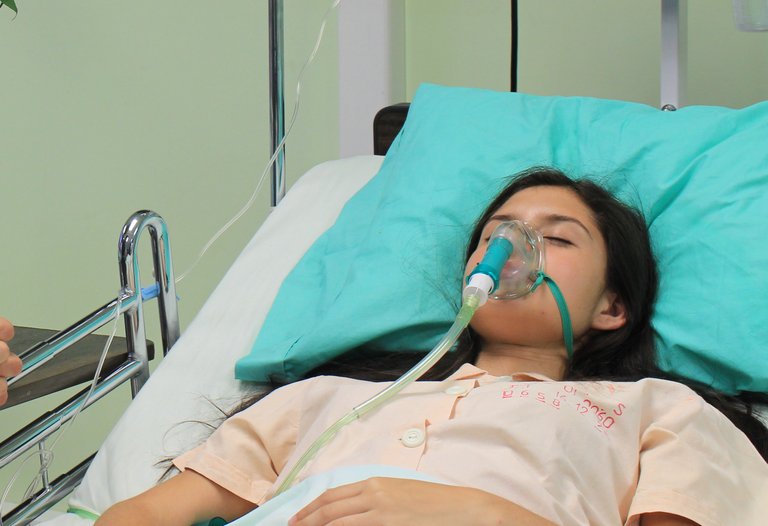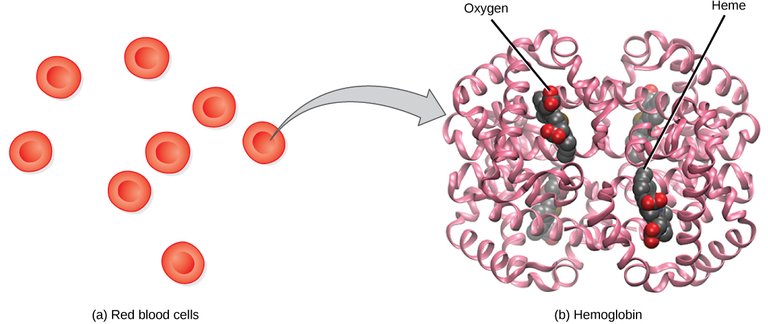The Dangers of Carbon Monoxide; A Personal Experience
Many of us are familiar with carbon dioxide, which is what we exhale when we breathe out. However, there is another compound that we inhale that can be deadly or harmful known as carbon monoxide.
If you're a fan of movies, you might recall a particular episode in House of Cards where carbon monoxide was used as an alibi in a murder case. In the show, Frank Underwood turned on the ignition of a car in a closed garage with a person inside, making it appear as though the person died from carbon monoxide poisoning. While Frank Underwood's actions should not be taken as fact (after all, he was never even the president of the United States), it's important to remember that carbon monoxide is a serious threat.

Carbon monoxide has been portrayed in many movies, but the actual incidence of carbon monoxide poisoning is relatively low. In the United States, approximately 420 people die from CO poisoning each year. Though the numbers may seem low compared to other forms of murder or suicide, I've had a personal experience with carbon monoxide poisoning, and I consider myself fortunate to have survived. I'll briefly share my story as we continue.
Now, let's delve into the science behind these two molecules. Carbon monoxide consists of a carbon atom triple-bonded to an oxygen molecule, whereas carbon dioxide consists of a carbon atom double-bonded to two oxygen atoms. Carbon dioxide is the gas we exhale as a byproduct of metabolic activities in our bodies. Distinguishing between these gases at room temperature is not possible since both carbon dioxide and carbon monoxide are gaseous, odorless, tasteless, and colorless. However, it's crucial to note that CO is toxic, while CO2 is not.

Now, let me share my personal experience with carbon monoxide poisoning. It was in the year 2007, during a rainy day in Nigeria. Since the electricity supply was unreliable, my family and I relied on a generator to power our home. Due to the rain, we couldn't place the generator outside, so we made the ill-advised decision to keep it in an empty room. Unknown to us, this choice exposed us to a significant danger. As we gathered in the living room to watch a movie on our TV, which was powered by the generator, little did we know that our lives were at risk. Fast forward to around 3 am, six hours later, I regained consciousness in the hospital. To my astonishment, I found my family members occupying beds beside me. The doctor informed us that a concerned neighbor had noticed the unusually loud volume of our TV and came to check on us, likely saving our lives. Without her intervention, our family of six could have perished that night.
When carbon monoxide is inhaled, it interferes with the function of hemoglobin, a protein found in red blood cells that carries oxygen throughout the body. Hemoglobin consists of four protein segments called heme groups, which bind with oxygen in the lungs. Under normal circumstances, oxygen binds to the heme groups, forming oxyhemoglobin. Oxygen is released from oxyhemoglobin when blood becomes acidic, allowing it to be utilized where needed.
However, carbon monoxide disrupts this process. The affinity of oxygen for hemoglobin is 27mmHg, while carbon monoxide has an affinity of 65mmHg, meaning CO binds to hemoglobin more tightly than oxygen does. Once carbon monoxide binds to hemoglobin, it does not readily release, resulting in the formation of carboxyhemoglobin. This means that instead of four oxygen molecules binding to the heme groups, only three can bind, leading to a decrease in available oxygen.
People with carbon monoxide poisoning may exhibit cherry red spots on their skin due to the high levels of carboxyhemoglobin. The presence of carbon monoxide prevents the body from effectively utilizing oxygen, as the oxygen atoms on the heme groups are unable to be released where needed.
Carbon monoxide poisoning typically begins with symptoms such as headache, dizziness, and flu-like symptoms, which can progress to chest pain, vomiting, confusion, irregular heartbeat, and loss of consciousness. When loss of consciousness occurs, the brain can shut down within minutes or hours, depending on the concentration of carbon monoxide and the individual's response to it.
The incident of carbon monoxide poisoning in my family is something we continue to consider ourselves lucky to have survived. Since that experience, we have learned never to combust anything in an enclosed space, ensuring our safety and well-being.
Image Reference
Image 1 || Wikimedia Commons || Melany Mora en una cama de hospital
Thanks for your contribution to the STEMsocial community. Feel free to join us on discord to get to know the rest of us!
Please consider delegating to the @stemsocial account (85% of the curation rewards are returned).
Thanks for including @stemsocial as a beneficiary, which gives you stronger support.